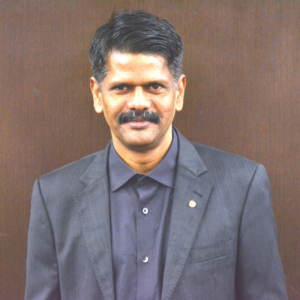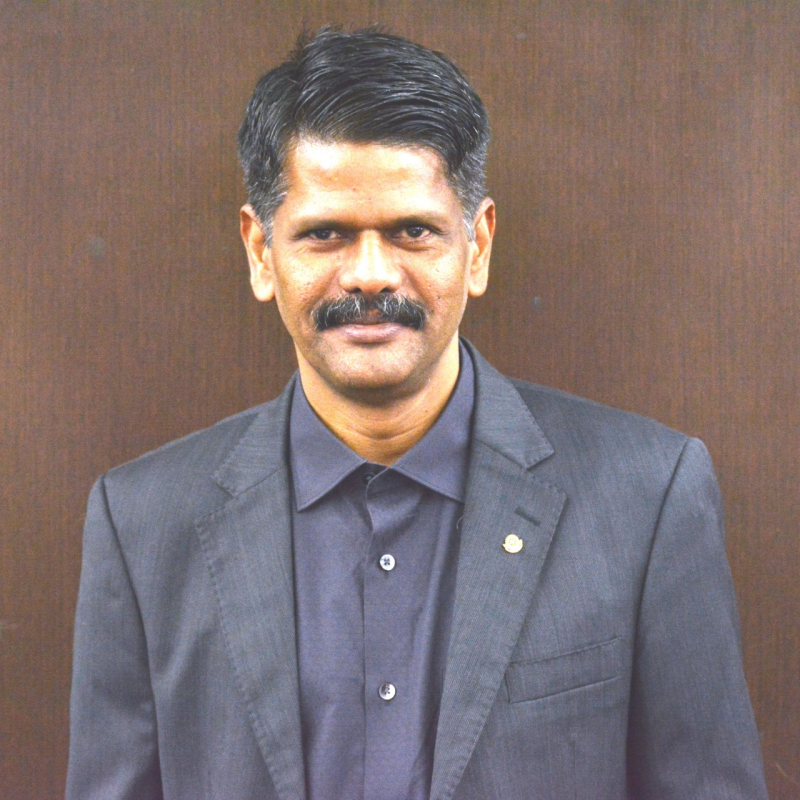Sometime or the other each one of us will have to deliver a speech, be it at a business meeting, an official get-together, in a club or a family function. I would like to present to you the 3Ps that will ensure that you deliver an impactful speech when the next request for speaking comes up.
The 3Ps for successful speaking are Planning, Preparation, and Practice
Planning
In planning for the speech, the first question is what are you going to talk about? If a topic is given to you may want to get more specific details of what aspect of the topic needs to be covered in your speech. Say you have been asked to speak about Sales, it will be important to find out what aspect of Sales that is of interest. It could be about online sales or selling at a store. The audience may be particularly interested in B to B rather than B to C sales.
Next, you will need to determine the general purpose of the speech. Most speeches fall into one of the four general purposes:
To Inform: when you want your audience to learn about a new subject, or develop a new skill or to help them acquire information on a subject they know something.
To persuade: when you want to convince the audience to accept your viewpoint or when you want to change their attitudes or behavior.
To entertain: to have the audience relax, smile and enjoy. It could be a humorous speech to get them to laugh out loud, or just sharing an interesting and exciting experience
To inspire: Inspirational speeches ask people to achieve noble goals or ideals or reach their highest potential.
Once the general purpose is firmed up, the next step is to get to the specific purpose. The specific purpose is a one-sentence statement about what you hope to accomplish in your speech. The specific purpose should be realistic and possible to achieve. “After hearing my speech the audience will learn how to swim” is not a realistic statement; it could be better stated as “After hearing my speech the audience will learn how to prepare to swim in the sea”.
It is important to know your audience and to adapt the message to your audience. Get as much information about the audience such as their age, knowledge on the subject, profession and also the size of the audience. See from the audience’s viewpoint on why they should listen to you. Consider the marketing acronym WIIFM, What is it in for me. This is a question every audience member is asking themselves when they are listening to a speaker.
Find out about the venue including the size of the hall, the seating style for the audience, the position of the lectern if there is one. Ask if you will be using a microphone and will be speaking from the lectern or will have a collar microphone and can move around.
Preparation
Typically in a speech fifty percent weightage is given to content; thirty percent is for delivery and the remaining twenty percent is for the use of appropriate language, which is the right choice of words and correct grammar.
Speech content comprises of how the speech is organized, the effectiveness of the speech and the speech value.
Speech Organization:
Essentially speech organization is about having a clear Opening, Body, and Conclusion. As the adage goes “Tell them what you’re going to tell them; tell them; then tell them what you told them.” This is what would be covered in the three parts of the speech.
The Opening should catch the audience’s attention and tell the audience what you will be talking about. You may use any of the proven ways to open a speech as listed below.
A rhetorical question
A question and interaction with the audience
A startling statistic
A quotation
An anecdote or story
A display of an object or picture
Avoid the following in the opening statement:
An apologetic statement
A story or joke that doesn’t relate to the topic
A commonplace observation
A trite question like. “did you ever stop to think”
Clichéd phrases
The Body is the center part of the speech that discusses the main ideas and key concepts of the speech. The body of a speech is made up of main points. It could be between two to five main points. For a five to seven minutes talk, three facts or ideas are good,
Each main point could have a sub- point and will need supporting material to reinforce the idea. The supporting material can include:
Statistics- to numerically quantify, estimate and represent issues and incidents
Testimony- quotes or opinions from people with expertise on the matter
Examples, stories or anecdotes -that you experienced or learned about
Visual Aids -in the form of charts, pictures, and powerpoint presentation
Facts- that is obtained from a reliable source
Pay attention to transitions. Speech transitions are words and phrases that allow you to smoothly move from one point to another. Some transitional words are likewise, also, but, finally, next, similarly, then.
The Conclusion should reinforce your ideas and leave the listeners with a lasting impression. If the speech is about informing you could conclude with the summary of the ideas presented in the body; for a persuasive speech you could call for action. You can close the speech with a final remark, a question, quotation or a memorable statement.
In summary, a speech outline will have an opening that captures audience attention and lead to the speech topic; the body with the main points and supporting material; and a conclusion that leaves a lasting impression.
Speech Effectiveness is determined by the audience reception of the speech and your message will be well received if the objective is clear and the content is aligned with the objective
Speech value is about saying something meaningful and original to the audience. The speech should contribute to the listeners thinking
Practice
The best way to reduce anxiety and nervousness is to rehearse your speech until you feel comfortable. One of the key benefits of rehearsing is that it helps find errors and make adjustments. You will make changes to the words used, the sequencing of the sentences and also the transition words. Some aspects of the speech may seem to be of no value and you may remove them from the speech. When you time your speech during rehearsal there will be a need to either rephrase or remove parts of the speech; ultimately the speech will evolve to a more effective speech.
The first part of the rehearsal is to fine-tune and correct the content as it best fits your style and the purpose
The second part of rehearsal is to time your speech and to further rephrase or modify as needed
Once the speech content and flow are firmed up you continue to rehearse so that you get familiar with the content and you can recall easily. Be sure to know the opening and closing by heart
There are several ways to rehearse. I would recommend a few.
Practice by yourself- Rehearse all by yourself in your room by speaking out loud and using body movements and gestures as you planned for the final presentation. You could also walk through your speech while in the shower, or at the office or in cab.
Grab a test audience- Get one or two friends or family members and deliver the speech and ask for feedback. Fine-tune your speech based on the inputs you get
Work with a mentor- If you can get a professional speaking coach or a mentor from a toastmasters club, you could get feedback on vocal variety, body language and the use of appropriate words and phrases
Dress rehearsal- This is practicing in the actual room or similar room and having an audience who can give you feedback.
By following the 3 Ps of speaking you will be able to deliver an impactful speech with great confidence.
Pradeep Kumar








